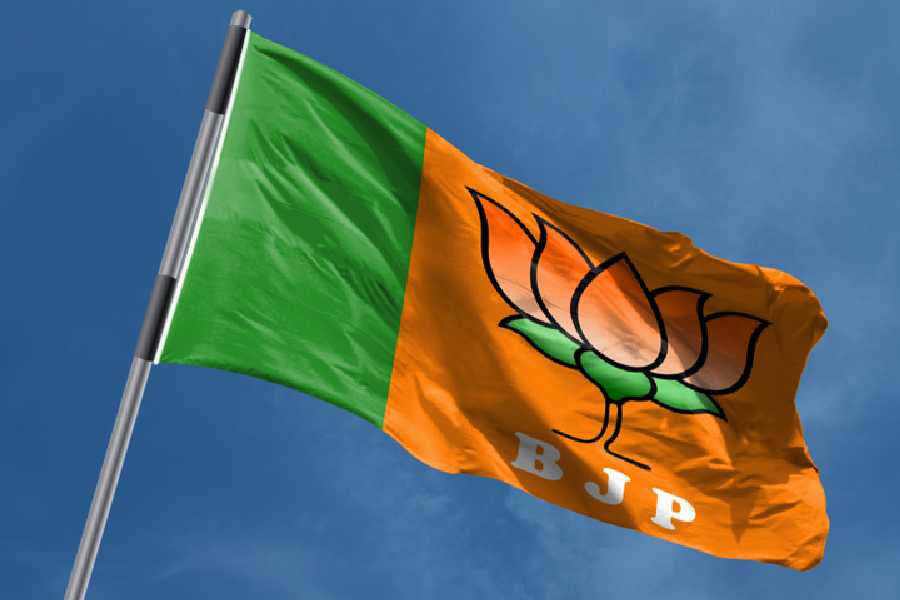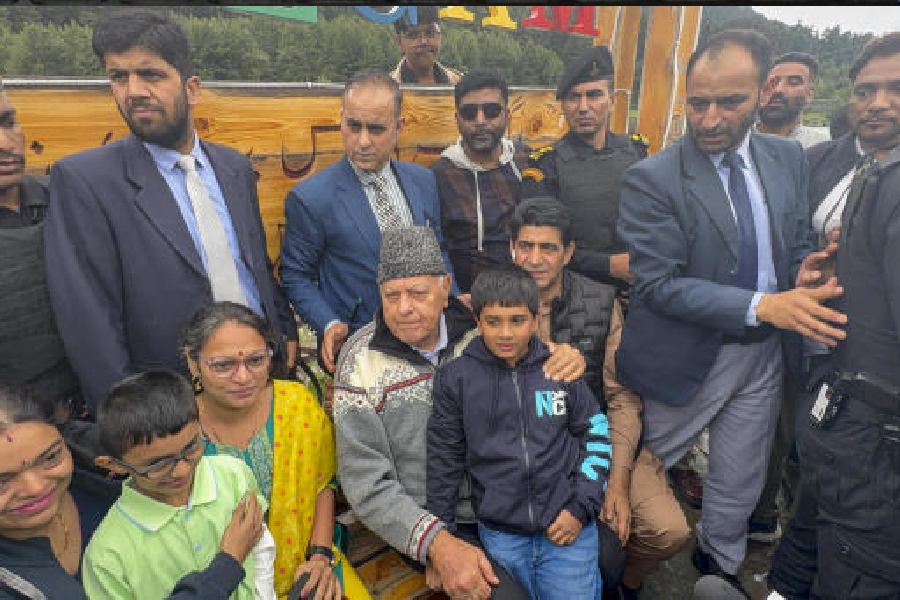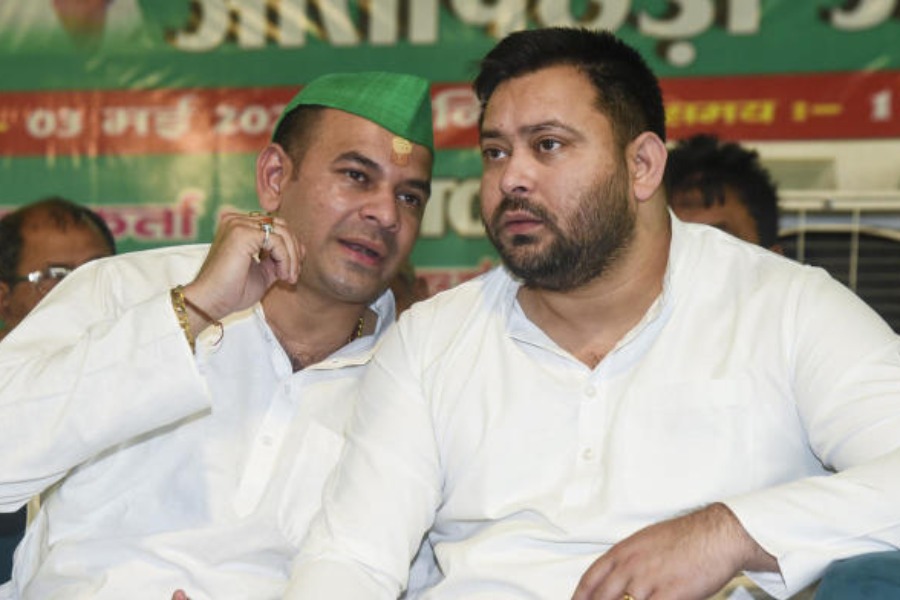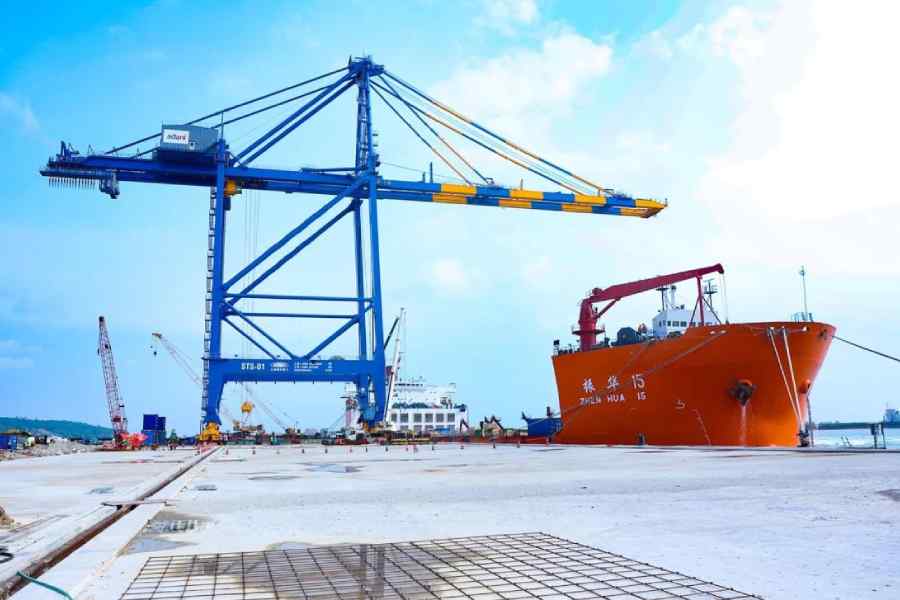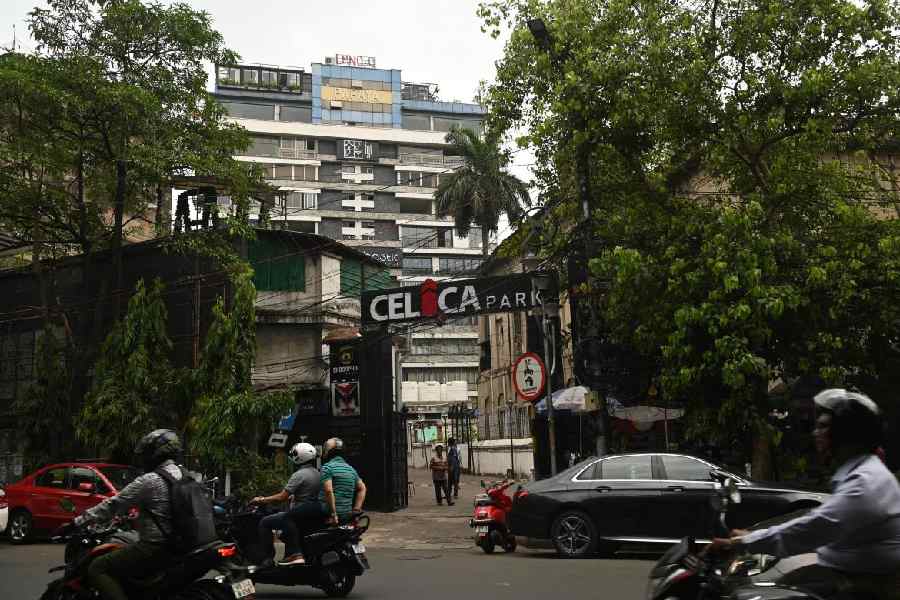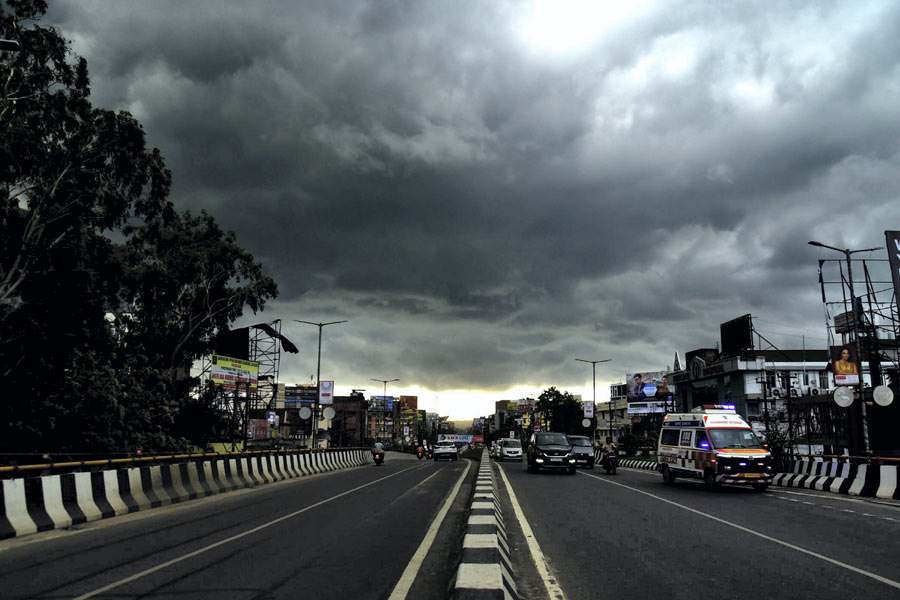|
|
The business of commercial aviation is a high-technology venture that demands the highest levels of team-work, professionalism and skill, both laterally and vertically through the entire system, ultimately ending up with highly skilled human beings in the cockpit and cabin and trusting passengers going about their routine travels. Even the slightest weakness in this complex linkage, however far removed from actual aircraft operations, can one day lead to horrific consequences, the likes of which were witnessed the other day when 158 passengers and crew lost their lives in Mangalore.
Those of us who have lived our lives in the aviation business know through experience that rarely, if ever, is a catastrophic accident the result of just one cause or human failure. Instead, it is when many seemingly disjointed factors all stack up that an accident may occur. Mathematicians tell us that such chances are extremely rare. That is why civil aviation remains the safest mode of transportation today.
Many instances are recorded when one is lucky to get away with merely a ‘near miss’. In professional organizations, near misses are dubbed as precursors to accidents and every one of them is treated on a par with an accident, carefully analysed and all factors contributing to it are identified and appropriate lessons learnt and implemented. Of late, there have been innumerable reports of near misses at various airports. Some time ago, there was a near miss involving the president’s helicopter with a civil aircraft at Mumbai airport.
A series of incidents or near misses clearly point to systemic weaknesses and a potential for disaster. Accountable and professional organizations hence take serious steps to analyse and learn lessons. This needs a professional, well-structured and accountable system with appropriate checks and balances. Our present system with diffused authority and accountability fails abjectly to meet these basic criteria, and unless something is done to overhaul the present system, the flying public will continue to be at risk. Some years ago, the Aeronautical Society of India had put up a comprehensive paper for a national aeronautics policy. It lies buried in ministerial files.
It is well known that owing to rapid expansion of the civil aviation sector, a serious shortage exists in the human resource side of the business. While expatriate pilots are normally the focus of such enquiry and comment, the problem is far deeper afflicting cabin crew, engineering and maintenance staff, air traffic controllers, radar operators, flight dispatchers and others. The problem extends from the technical to the management domain as well where those up in the management chain are ill-equipped to guide policy and operations in the field of high technology and commercially competitive modern aviation.
It is known that for many of the technical professions, fly-by-night training schools have mushroomed across the country. Flying clubs themselves have become huge money-spinning enterprises. That their standards and quality are not being regulated and monitored is no secret. All these are areas suffering from neglect and corrupt practices. While the nation can live with crass commercialization and cronyism of cricket in the guise of the Indian Premier League, it cannot let the aviation sector fall into a similar trap.
To talk specifically about Air India, in the 1960s, under the stewardship of J.R.D. Tata, it was the preferred airline of corporates across the world. Today, its losses are reported to be to the tune of Rs 12,000 crore and the debt burden is of an even greater amount. Media reports have suggested that salaries are being deferred as the airline has no cash. How can one expect such a de-motivated workforce to maintain and operate aircraft, incorporating the latest technology, in an internationally competitive environment? Whilst the world over such accidents have seen affected carriers setting up counselling and other alleviating facilities for the next of kin within hours, no such action was seen being done by Air India on Saturday. Highly-paid executives were only seen in television studios!
Even as the nation opened up its civil sector to private enterprise, it continued to let both Air India and Indian Airlines be headed by erstwhile bureaucrats. The practice has continued after the merger. Nowhere in the world are airlines being run by bureaucrats. This lack of understanding of the professional demands of managing the civil aviation sector lies at the root of many of the problems ailing the Indian aviation scene in general and Air India and the Airports Authority of India in particular. And it is costing us lives. The earlier the government gets out of the business of running Air India and the AAI, the better for the safety and economic effectiveness of civil aviation in the country. The government must only be involved in the business of regulation and standardization, and not in operations. It must be remembered that if the international civil aviation community loses confidence in our airspace management, airport management and safety management capacities, it will have a direct impact on the economy of the country.
It is instructive to see the way the system reacted to this huge tragedy. It is debatable whether in times of such crises the ministers concerned should descend on the scene. This diverts the attention of security and operations personnel from the urgent task at hand. What is worse is the minister’s statement on the technical condition of the runway and on where the aircraft touched down. Since such information would be vital to the subsequent accident investigation, he not only provided unnecessary fodder to the hungry electronic media, but also compromised the ensuing investigation. Indeed, what he declared was confidential information that should have been preserved and presented only to the inquiry committee and not to the public at this time.
It is the responsibility of the airport authorities in such cases to guard and protect any evidence that may be relevant to the subsequent inquiry. Did they, for instance, mark and photograph the touchdown point, as fresh tyre marks would have been clearly identifiable? Did they ensure that immediate steps were taken to cordon off and secure all possible areas and evidence? Judging from the TV visuals, they exercised no such control around the crash site even as the rescue work was going on. In such confusion, souvenir hunters sometimes walk away with vital evidence. Clearly, the airport authorities were not up to handling such an emergency. Rather than get his house in order, the chairman of the AAI was giving TV interviews.
That the incident was worthy of ‘breaking news’ is granted. But was it sensitive on the part of the loud electronic media to be interviewing survivors in hospital beds or showing gory details of bodies being pulled out of the wreckage? What is more, on the basis of the minister’s statements, the media virtually concluded that this was a case of pilot error. Is it the media’s business to conduct its own spot enquiry and put the blame on the dead pilot? There was one channel showing the cockpit view of a flight simulator programme, and telling us what could have happened! Another channel pulled out so-called experts — from 90-year-old air force veterans to those who would not know a wing from the tail plane. They were quizzed on the information that was fed by the media and trapped into sensational conclusions. This was neither news, nor infotainment; it was the theatre of the absurd. The electronic media needs serious introspection. National tragedies cannot be converted into viewer-rating wars.
Aeronautics in India is in a state of crisis. The very fact that the inquiry will be conducted under the aegis of the directorate general of civil aviation shows the disconnect in the structure. Many aspects needing investigation, such as licensing operators and technical personnel, including pilots and so on, come within the DGCA’s area of responsibility and accountability. The minister has already made critical observations on vital issues. In such circumstances, the natural question that arises is whether the inquiry can be impartial and fair. In fairness to the dead crew, these questions must be asked.
Writing in these columns (“Too close to disaster”, March 3, 2009) on the near miss in Mumbai with the president’s helicopter, this writer had said, “This ‘near miss’ can become a wake-up call to the government to seriously look at aeronautics across the country as one entity…. The aim should be to introduce organizational and management changes such that aeronautics in India makes the best use of resources and in turn becomes a generator of wealth. The government already has a head start in this. All it has to do is dust the national aeronautics policy proposal and consider its implementation.” As the Mangalore disaster shows and indeed an impartial inquiry will reveal, status quo is no longer an option.



